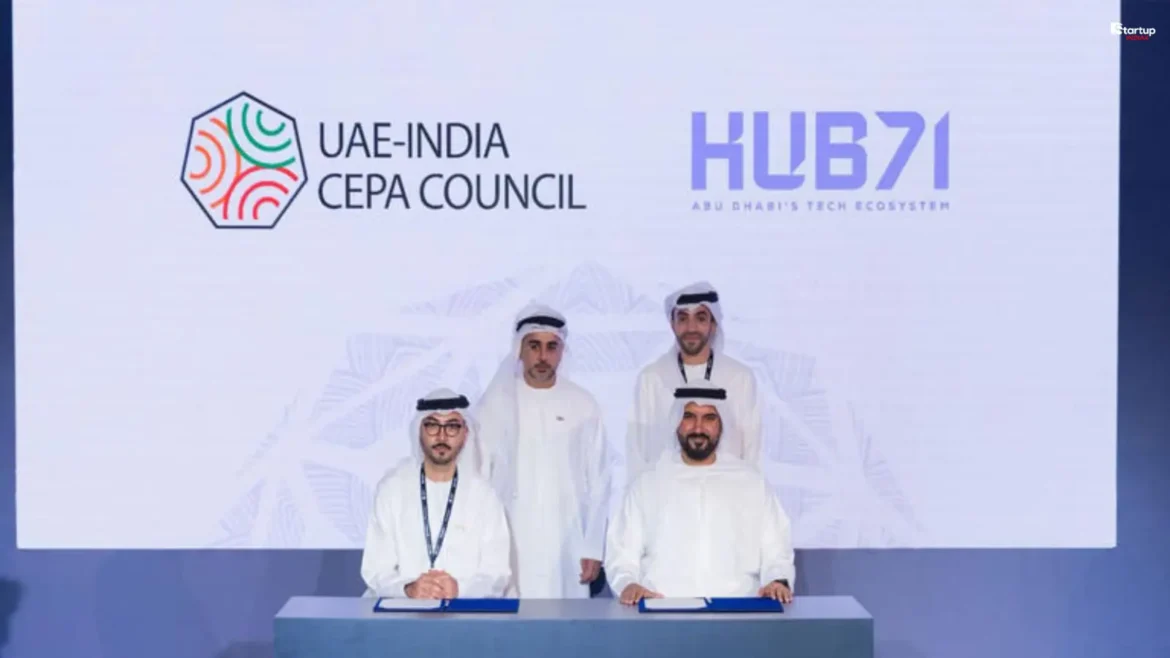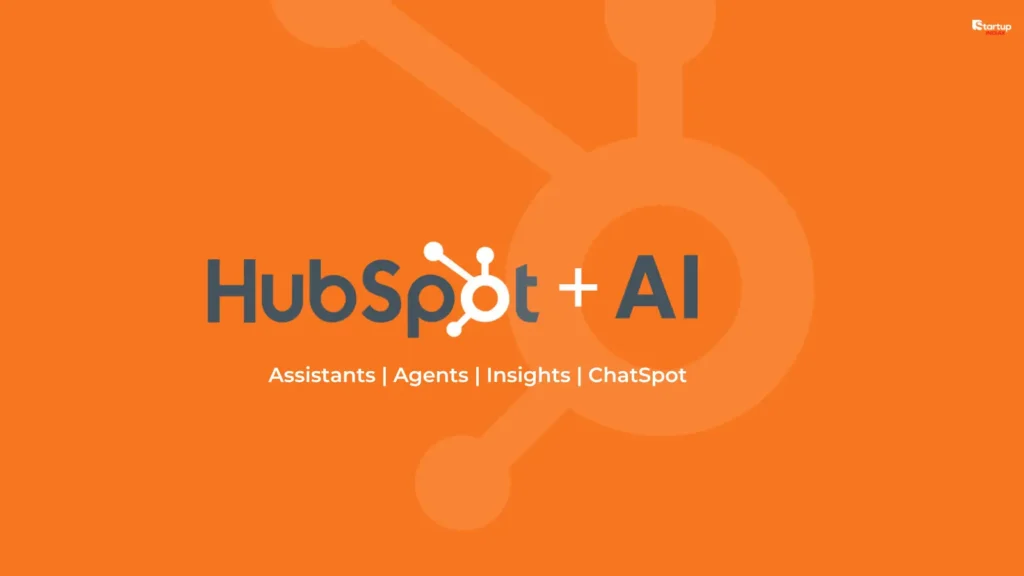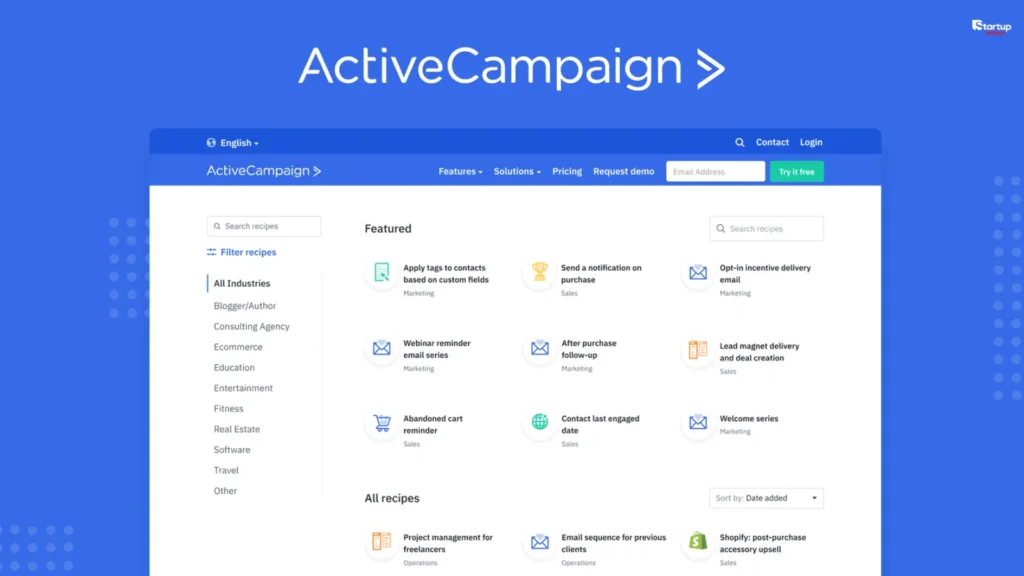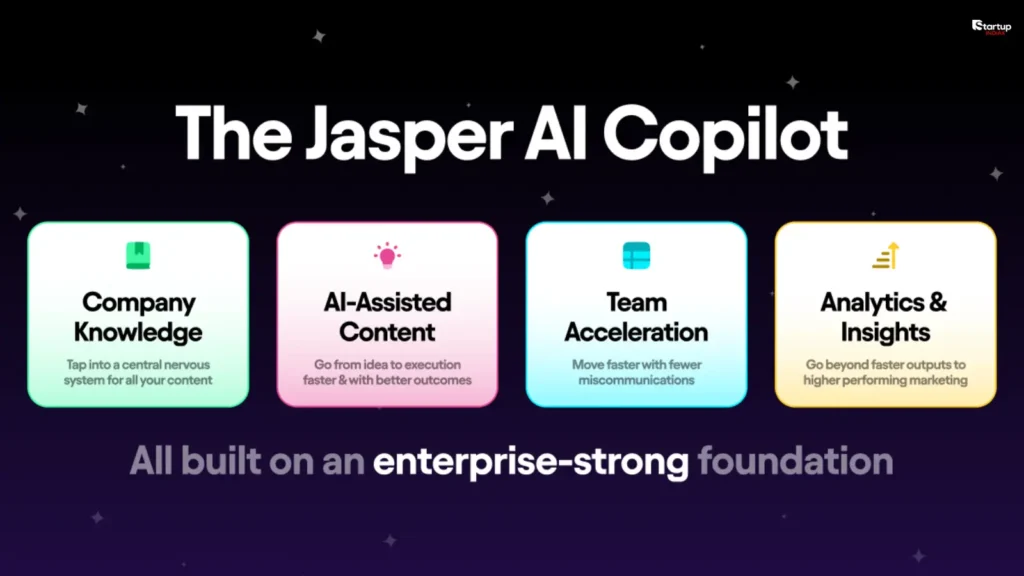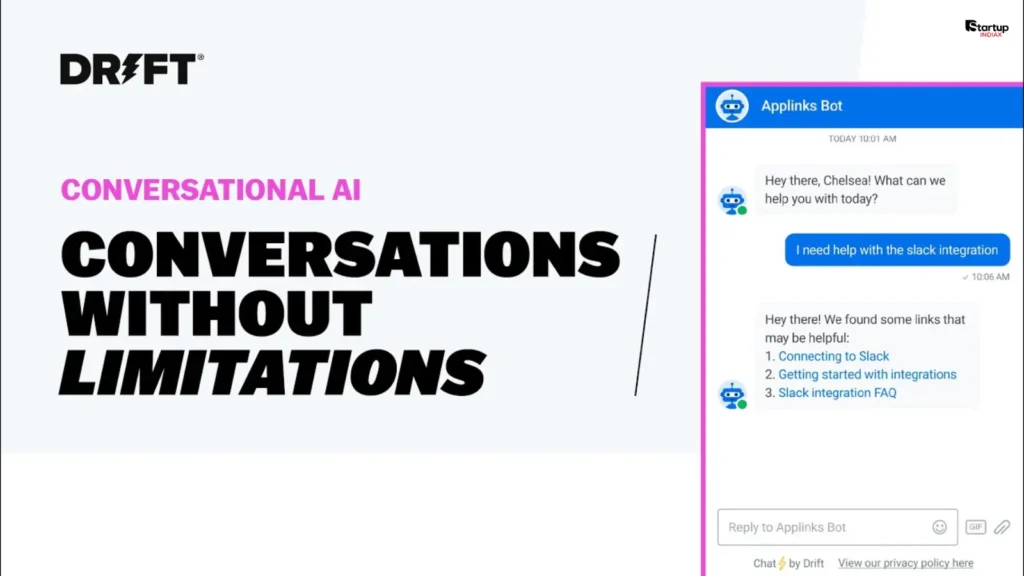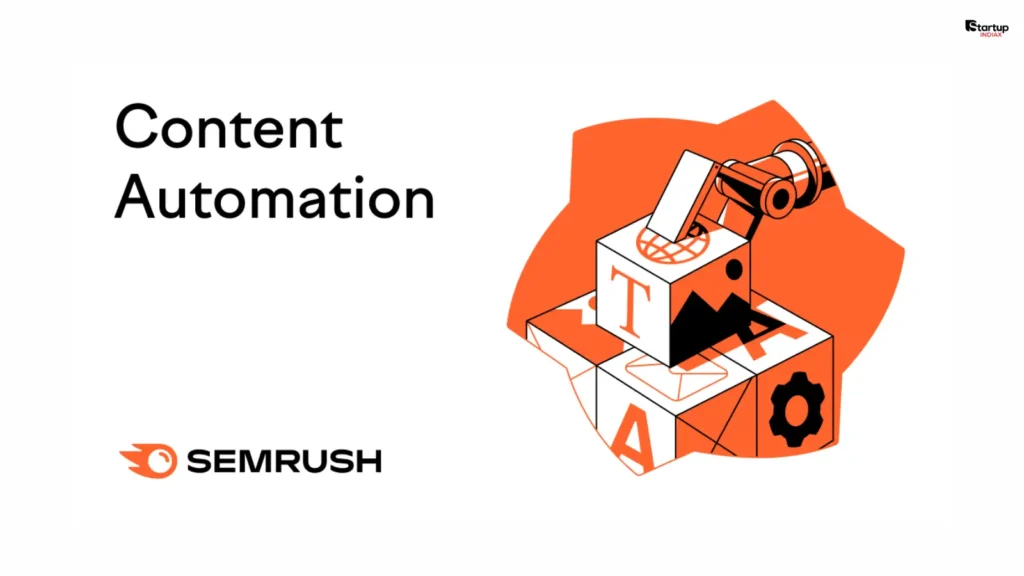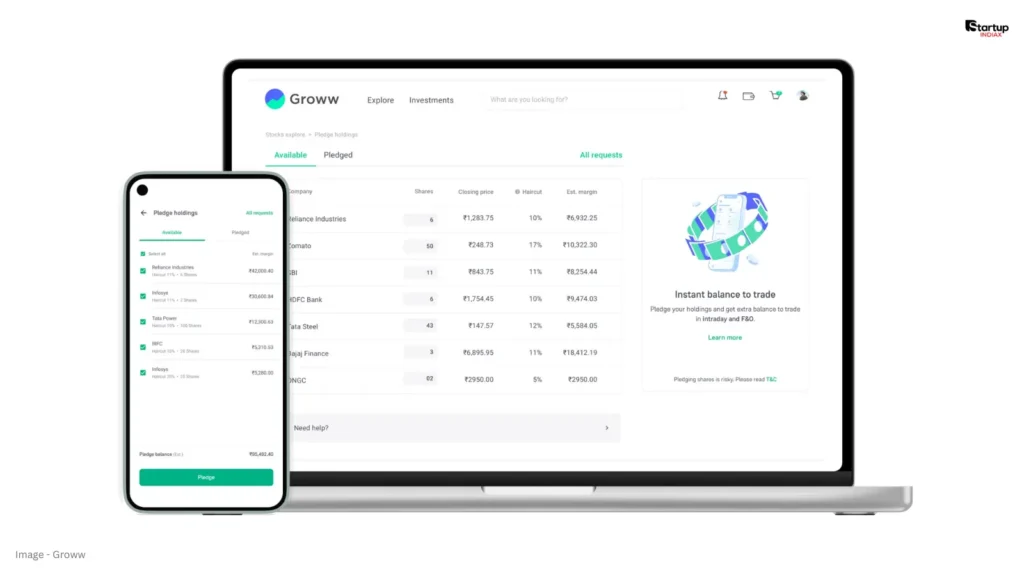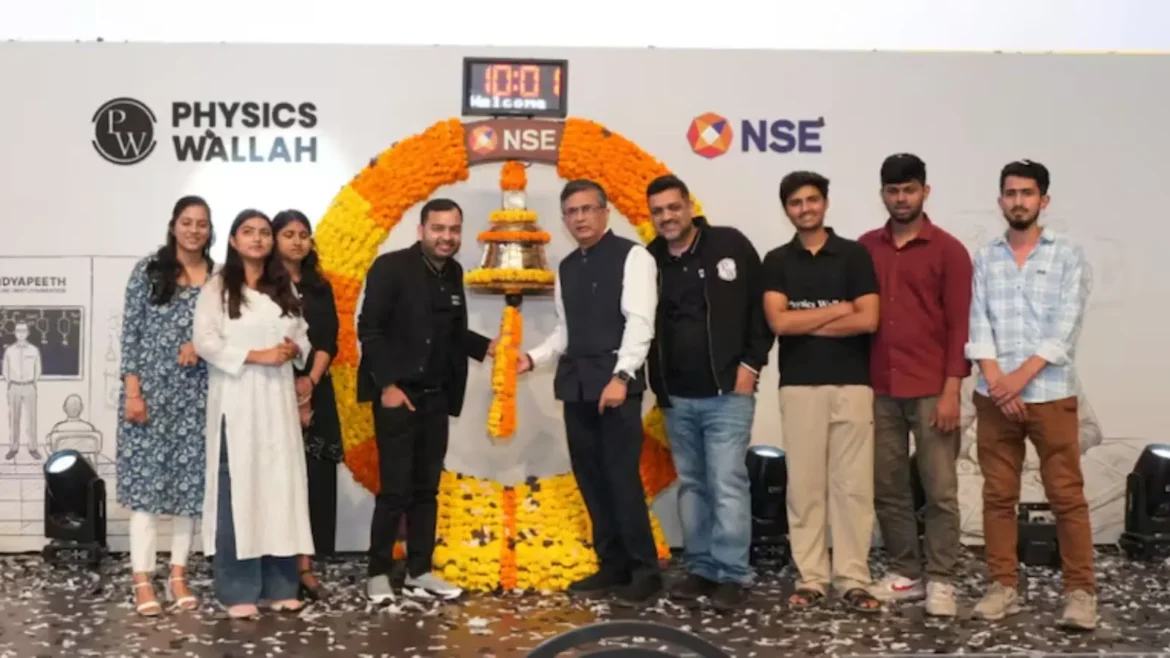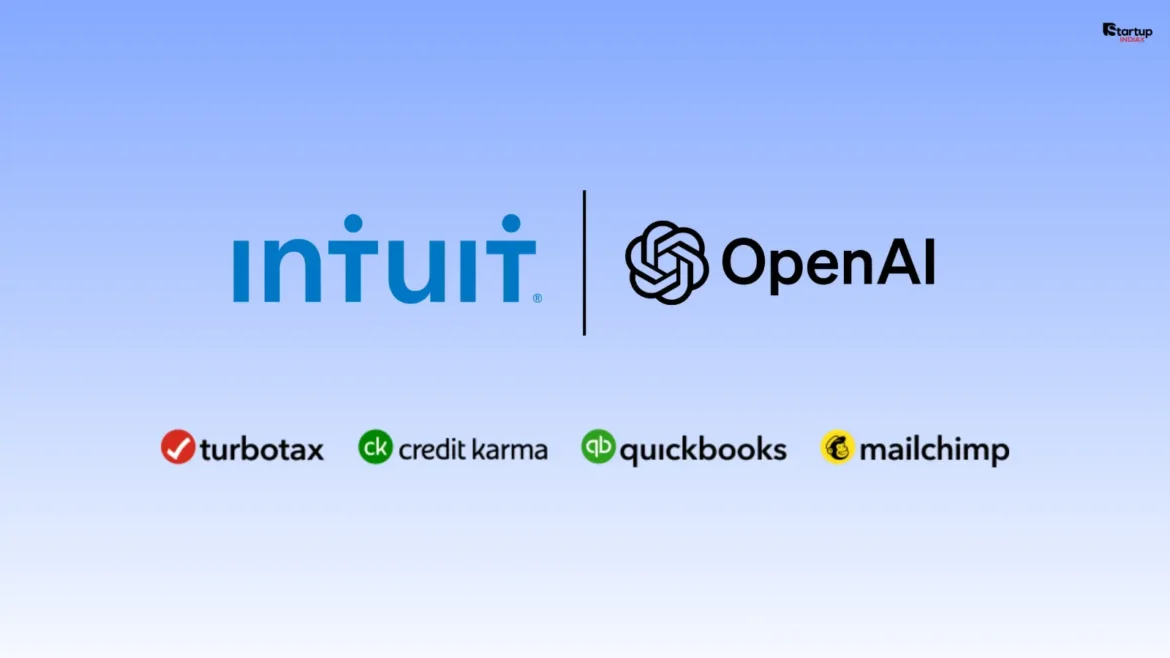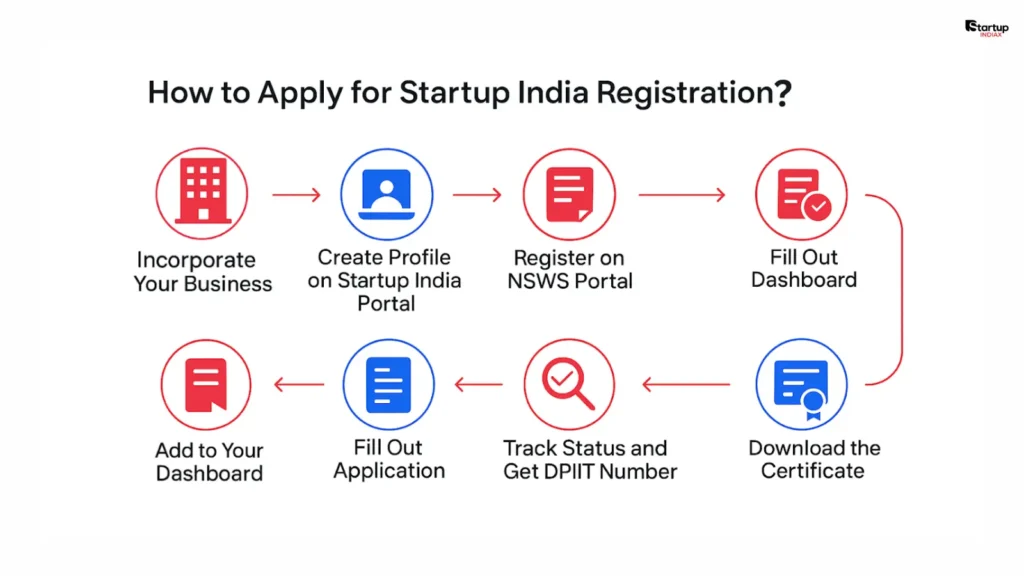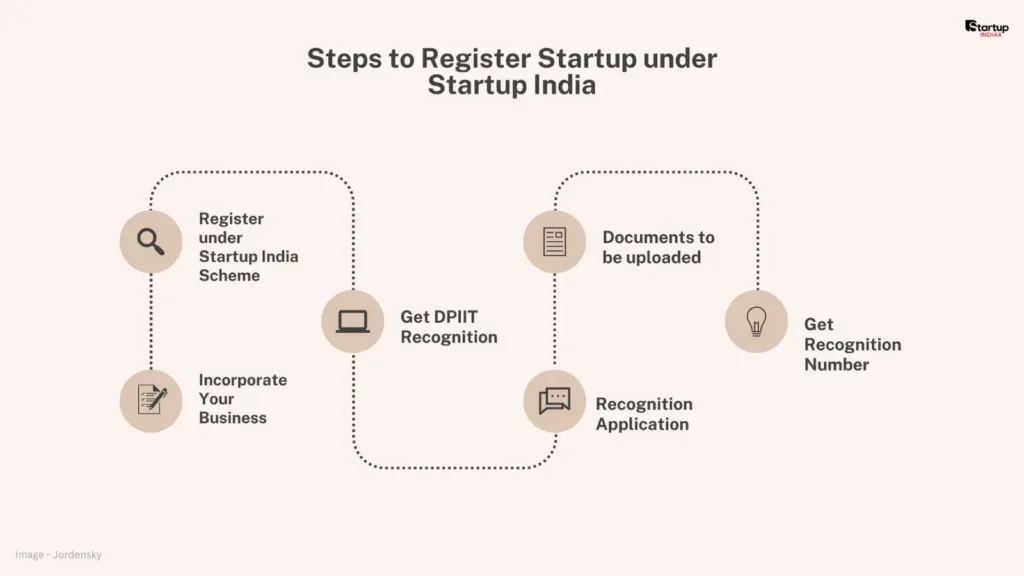Summary
- Indian startups showcase AI, green tech innovations for UAE expansion through the UAE-India Startup Series.
- Over 10,000 Indian startup applications signal strong interest in UAE as a scale-up hub.
- AI, low-carbon materials, and digital transformation tools sit at the core of India-UAE tech collaboration.
Indian startups showcase AI, green tech innovations for UAE expansion as the Gulf doubles down on digital transformation, climate action, and future-ready infrastructure in 2025. From AI-powered automation to low-carbon building materials, founders are positioning themselves as partners in the UAE’s trillion-dollar diversification story. But what exactly are they building, why is the UAE so keen, and how big is this opportunity for Indian entrepreneurs?
Read More: AI Tools for Marketing Automation That Indian Startups Are Using in 2025
Why UAE is betting on Indian AI and green tech
At the UAE-India Startup Series, Indian startups showcased solutions spanning artificial intelligence, digital transformation, healthcare, and green construction, all mapped to the UAE’s technology-driven growth vision. Sectors like FinTech, HealthTech, AgriTech, mobility, and advanced technologies align closely with Abu Dhabi hubs such as Hub71 and Dubai’s innovation districts.
Since its launch in June 2025, the UAE-India Startup Series has already drawn over 10,000 applications from across India, signalling massive founder interest in using the UAE as a scale-up base for MENA and beyond. This builds on a broader tech alliance where AI alone is projected to add around 100 billion dollars to the UAE economy by 2030, roughly 15 percent of GDP.
Read More: NVIDIA Partners with Anthropic and Microsoft for Claude AI Scaling
What innovations are Indian startups showcasing?
One of the headline stories is Ease My AI Pvt Ltd, whose co-founder and CEO Gagan Randhava highlights how the company helps enterprises with automation, AI, and end-to-end digital transformation. With the UAE already among its customer base, the startup sees a permanent local presence as the next step to win more regional clients.
On the green tech side, Indian innovators are coming in with solutions for water security, decarbonisation, and circular economy, including low-carbon, cement-free building materials that can cut up to 80 percent of emissions and almost eliminate curing-related water use. These products are pitched directly into the UAE’s sustainability agenda, which emphasises low-carbon materials, efficient construction, and climate-resilient infrastructure.
Read More: 22-Year-Old Indian-Origin School Friends: World’s Youngest Billionaires at $10B
How AI and green tech fit UAE’s long-term bets
The UAE has positioned itself as a global testbed for AI-first governance, smart cities, and green infrastructure, backed by bilateral pacts with India on digital infrastructure and green hydrogen. For Indian startups, this means access to forward-looking regulators, ambitious pilot projects, and investors who are comfortable backing deep tech and climate tech bets.
For many founders, the UAE is not just a market but a proving ground to scale solutions globally across the Middle East, Africa, and Europe, thanks to its connectivity and policy stability. As Startup INDIAX has often reported, Indian companies increasingly see Dubai and Abu Dhabi as strategic second headquarters rather than just export destinations.
Read More: Malika Sadani’s Journey: From Mom to Rs 500 Crore Skincare Brand
Netizens React: Is UAE the new dream corridor?
The India-UAE startup corridor is already sparking strong reactions on social media and founder forums. Many see it as the natural next step after India’s rise as the world’s third-largest startup ecosystem.
One founder wrote, “If your AI or green tech startup is not exploring the UAE by 2025, you’re leaving serious growth on the table.”
Another user commented, “Love the opportunities, but hope small-town Indian startups also get a fair shot, not just the usual metros.”
A third voice added, “Low-carbon cement and water-saving tech from India fitting into UAE megaprojects is the kind of win-win collaboration we need.”
Read More: Can Tier 2 Indian Startups Leapfrog Globally Through Cross-Border Accelerators?
What this means for Indian founders in 2025
The India-UAE Startup Series and CEPA-driven initiatives are quietly becoming launchpads for at least 50 to 100 high-potential startups over the next few years, especially in AI and sustainability-focused domains. With more than 140,000 recognised startups and over 100 unicorns in India, there is a large pipeline of companies ready to use the UAE for scale and capital access.
For investors, the corridor offers curated access to Indian innovation plugged directly into UAE priorities such as smart healthcare, digital government, climate-tech infrastructure, and fintech rails. For founders, it is a chance to validate products in a high-income, tech-forward market while building global case studies that can be replicated back in India and across emerging markets.
Read More: Lalit Keshre: Farmer’s Son to ₹9,448 Crore Billionaire Story
What do you think about Indian startups using AI and green tech as their bridge into the UAE market? Share your thoughts in the comments and explore more breakthrough startup stories and cross-border playbooks on Startup INDIAX!
FAQs
What is “Indian startups showcase AI, green tech innovations for UAE expansion” about?
It refers to Indian startups presenting AI, sustainability, and digital solutions at platforms like the UAE-India Startup Series and CEPA-backed initiatives to enter and scale in the UAE market.
Why is the UAE attractive for Indian AI and green tech startups?
The UAE offers pro-tech policies, strong capital access, and large-scale smart city and sustainability projects, making it an ideal testbed and launchpad for AI and climate-tech solutions from India.
How are Indian startups contributing to UAE sustainability goals?
They are building low-carbon construction materials, water-efficient systems, and AI platforms that cut emissions and resource use, directly supporting UAE targets around green buildings and circular economy.
Who is leading AI and automation efforts among Indian startups in the UAE?
Companies like Ease My AI are helping enterprises automate operations and adopt next-generation AI tools, already working with customers in the UAE and aiming to build a larger regional presence.
When did the UAE-India Startup Series start attracting Indian founders at scale?
Launched in June 2025, the UAE-India Startup Series has since received over 10,000 applications from Indian startups seeking UAE expansion and partnership opportunities.

